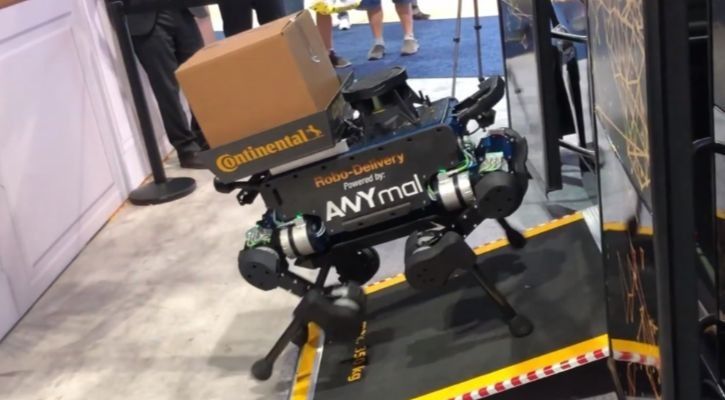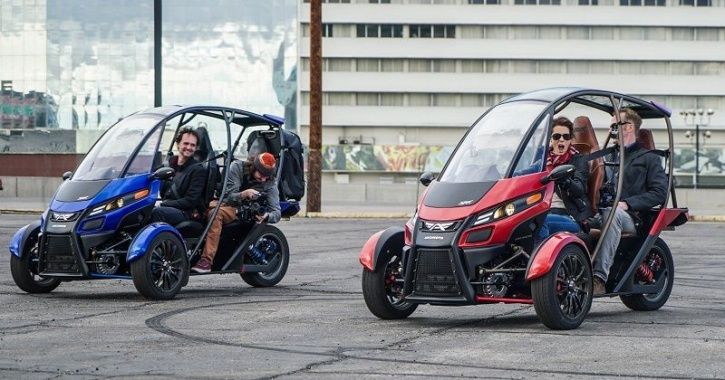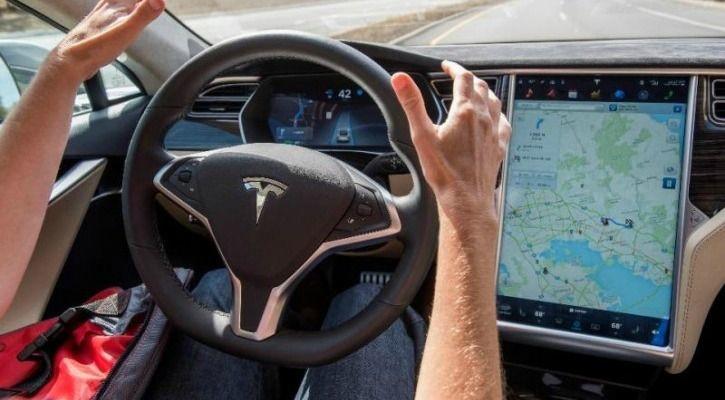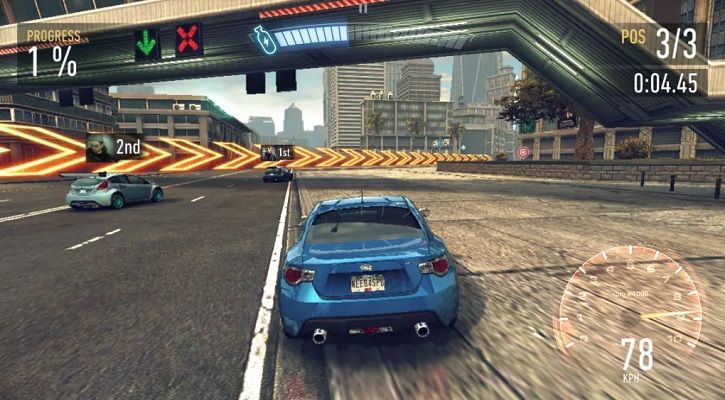Web design can be a real drag. Especially if you're not a professional, designing a website for your startup or your home crafts, is really troublesome, even with the right tools.
We Will Be Jobless: Watch This AI Code A Website, While Looking At A Guy Drawing It With A Pen
Luckily, there may be a way to make the entire process much easier using AI.
TeleportHQ is a platform of open-source tools for UI professionals, which is a fancy way of saying they provide web designers with the tools they need to build an app or website. They've just released a video demonstrating a new real-time code generation method using TensorFlow, the open source machine learning framework from Google Brain.
If you're having trouble wrapping your head around that, I don't blame you. It's pretty fascinating stuff. What's happening is that a camera pointed at the white board is capturing all of the demonstrator's drawings. He's drawing a wireframe design for a website, marking out banners and text boxes in the process.
The TensorFlow image recognition system here has been trained to parse what each of these pieces of a website are and it can, as he's drawing, write up the code to generate the website as it can see. In essence, what you're getting is a real-time translation from sketch to code, without you lifting a finger to the keyboard.
Of course, this is fairly niche stuff for most people, but you can bet others in the design community are losing it. After all, it could completely revolutionise how they do their jobs, allowing to work much faster and more efficiently than ever before.
We Will Be Jobless: Watch This AI Code A Website, While Looking At A Guy Drawing It With A Pen
Luckily, there may be a way to make the entire process much easier using AI.
TeleportHQ is a platform of open-source tools for UI professionals, which is a fancy way of saying they provide web designers with the tools they need to build an app or website. They've just released a video demonstrating a new real-time code generation method using TensorFlow, the open source machine learning framework from Google Brain.
If you're having trouble wrapping your head around that, I don't blame you. It's pretty fascinating stuff. What's happening is that a camera pointed at the white board is capturing all of the demonstrator's drawings. He's drawing a wireframe design for a website, marking out banners and text boxes in the process.
The TensorFlow image recognition system here has been trained to parse what each of these pieces of a website are and it can, as he's drawing, write up the code to generate the website as it can see. In essence, what you're getting is a real-time translation from sketch to code, without you lifting a finger to the keyboard.
Of course, this is fairly niche stuff for most people, but you can bet others in the design community are losing it. After all, it could completely revolutionise how they do their jobs, allowing to work much faster and more efficiently than ever before.










